|
|

|
|
May 5, 2021: Bicentenary of Napoleon's death on the island of Saint Helena
|
"Sainte-Hélène, petite isle" had written the lieutenant of artillery Bonaparte in a notebook when he was in garrison at Auxonne and was reading the "Modern Geography" of the Abbe de Lacroix. A man of geography and maps as much as of history, Napoleon could not ignore this important stopover on the road to India, especially since, under the Consulate and at the beginning of the Empire, the possibility of a expedition in this part of the south Atlantic. This "Sainte-Hélène, petite isle", which will pass in the eyes of the French for divination, was for Napoleon as for the English admiralty only a point of maritime geopolitics, before becoming to its body defending one of the places mythicals in the history of the world.
Located at five degrees of west longitude and fifteen degrees of south latitude in the Atlantic Ocean, the island of Saint Helena is distant 1950 km from the coast of southwest Africa and 2,900 km from the coast of South America. Covering an area of 122 km2, its closest land is Ascension Island, which lies 1,125 km northwest of the island. The island is therefore extremely isolated, supplied only by a British Navy boat, once a month. And it is only since October 2017 that a plane has provided a weekly connection with South Africa (which has not been provided since the start of the health crisis of 2020).
The island emerges from the South Atlantic, which gives a landscape of arid cliffs, interspersed with deep valleys (locally called "guts"). There is little flat land, the soils are rocky and steep, and the island has no sandy beaches. The highest point of Saint Helena is "Diana's Peak" (818 meters). In the high part of the center, thickets and subtropical vegetation are abundant but the further one descends towards the ocean, the more the vegetation turns into meadows and pastures, before becoming almost non-existent in arid lands below 500 meters above sea level. There are many small mountain streams on the island, which occasionally dry up during the summer months. Despite the tropical situation of the island, its climate is always mild and uniform, thanks to the south-eastern trade winds which blow almost continuously, resulting in a very changeable weather: a rainy and gray morning, can often turn into an after -sunny midday. There are important climatic contrasts between Jamestown, the capital, which is under the influence of northerly winds, and the interior regions. Jamestown can be sunny and slightly rainy, while places like Longwood, where the Emperor resided, experience cold mists and downpours.
The five thousand inhabitants of the island are descended mainly from British settlers from the East India Company, slaves from the Asian subcontinent, the East Indies and Madagascar, and Chinese laborers, the population of the island is religious very diverse: Anglicans (majority), Baptists, Seventh-day Adventists, Catholics, Believers of the Baha'i Faith, Jehovah's Witnesses, New Apostolics, etc.
Saint Helena was uninhabited when the Portuguese navigator, João da Nova, landed at the present location of Jamestown on May 21, 1502. In 1659, the British East India Company took possession of the island and established the first permanent trading post there. in "Chapel Valley", present-day Jamestown.
It is this small islet lost in the South Atlantic Ocean that was chosen by the English government as the land of exile for the fallen Emperor Napoleon Bonaparte. "Saint Helena is the place in the world best chosen to lock up such a character. At this distance, in this place, any intrigue will be forbidden and, far from Europe, he will be quickly forgotten". The English Prime Minister, Lord Liverpool, was sorely mistaken in uttering these few words: it is precisely from Saint Helena where Napoleon died out that the Legend took off.
Disembarking from the British vessel Northumberland on October 17, 1815, Napoleon spent his first night on the island in a modest inn, now destroyed. The next day, he goes to Longwood House, the home intended to accommodate him during his captivity. It was then only a hut located on an arid and bare plateau that the British had transformed to receive the Emperor and his relatives. During the works, he moved into the verdant valley of Briars, in a pavilion near the colonial house of William Balcombe. In December, Napoleon joined Longwood House, where the last years of his existence painfully passed. Surrounded by Baron Gourgaud, Generals de Montholon, Bertrand and their wives, Count de Las Cases, Irish surgeon O'Meara and a few servants, Napoleon organized his monotonous daily life between work sessions, audiences and walks, always under the surveillance of a British officer. From 1819, urged by Dr O'Meara to exercise, he undertook the landscaping of the garden thus giving the estate the pleasant aspect it presents today. Napoleon died on May 5, 1821. He was buried according to his last wishes the following May 9 near a source in the Geranium Valley, since called Valley of the Tomb.
From 1854, Napoleon III negotiated with the British government the purchase of Longwood House and the Tomb Valley which became French properties in 1858. Managed by the Ministry of Foreign Affairs, these two estates restored to their 1821 aspect are open to the public. Composed of a few rooms, Longwood House brings together remains of the original furniture, memorabilia of the Emperor and works evoking his fabulous destiny. The adjoining outbuildings which were occupied by Napoleon's companions are today inhabited by the honorary consul of France, curator of the French Domains of Saint Helena. The Tomb, which is accessed by a winding path, is surrounded by a grid crowned with spearheads. The gravestone is large and white, without an inscription. It is surrounded by many trees including twelve cypress trees planted in 1840 in memory of Napoleon's twelve great victories. Donated to France in 1959 by William Balcombe's great-granddaughter, the Briars pavilion was fitted out with the help of the servants' memories. A small museum dedicated to Saint Helena and the English witnesses of exile is installed there.
During the 1840s, Saint Helena became an important base for the ships of the Royal Navy, which fought against the slave trade. In 1890, the Zulu chief, Dinizulu, was exiled to the island where he remained for seven years. He was followed in 1900 by six thousand Boers, prisoners of war, who left the island in 1903. The years that followed witnessed much poverty and deprivation on the island. In the 1950s the island experienced a further decline - a fish canning company shut down shortly after its launch and the Union Castle Shipping Line began to cut back on freight services, announcing its complete closure. in 1977.
Today, the island is under the status of "Overseas Territory of the United Kingdom". Quiet, peaceful and welcoming, it is subsidized by the British government, but is increasing its efforts to acquire greater financial independence.
|
|
Features Ref.. : 20210101
|
|
Place: Sainte-Hélène, Royaume Uni
|
|
Date: 30/12/2020
|
::
Interested by this features ? Download your own images in low resolution or
email us for high definition files.
::
|
|
|
|
|
|
|
|
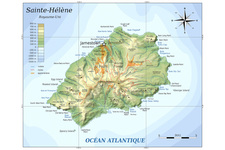
█ 20210101-01 (49638)
|
|
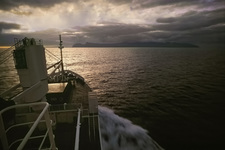
█ 20210101-02 (49919)
|
|
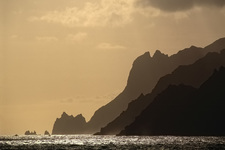
█ 20210101-03 (49628)
|
|
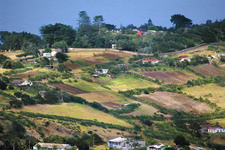
█ 20210101-04 (49640)
|
|
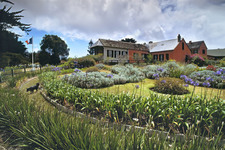
█ 20210101-05 (49641)
|
|
|
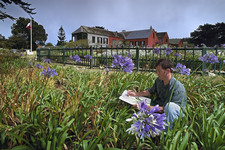
█ 20210101-06 (49630)
|
|
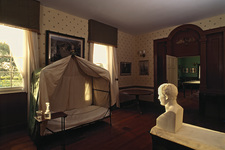
█ 20210101-07 (49639)
|
|

█ 20210101-08 (49632)
|
|
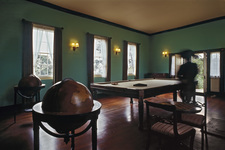
█ 20210101-09 (49634)
|
|
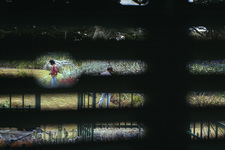
█ 20210101-10 (49637)
|
|
|

█ 20210101-11 (49624)
|
|
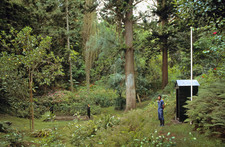
█ 20210101-12 (49635)
|
|

█ 20210101-13 (49626)
|
|
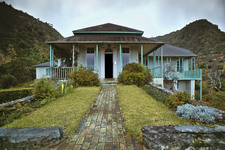
█ 20210101-14 (49643)
|
|
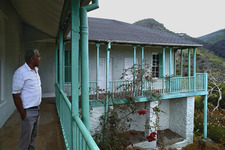
█ 20210101-15 (49627)
|
|
|
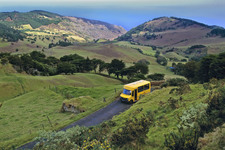
█ 20210101-16 (49636)
|
|
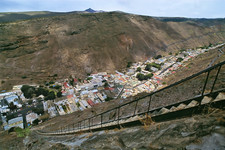
█ 20210101-17 (49631)
|
|
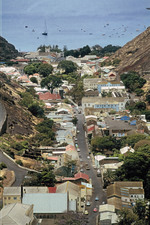
█ 20210101-18 (49633)
|
|

█ 20210101-19 (49625)
|
|
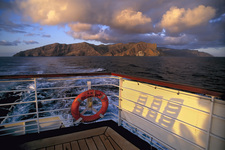
█ 20210101-20 (49629)
|
|
|
|
|
|
|
|
|
|




















